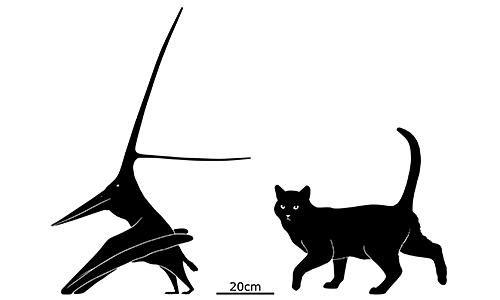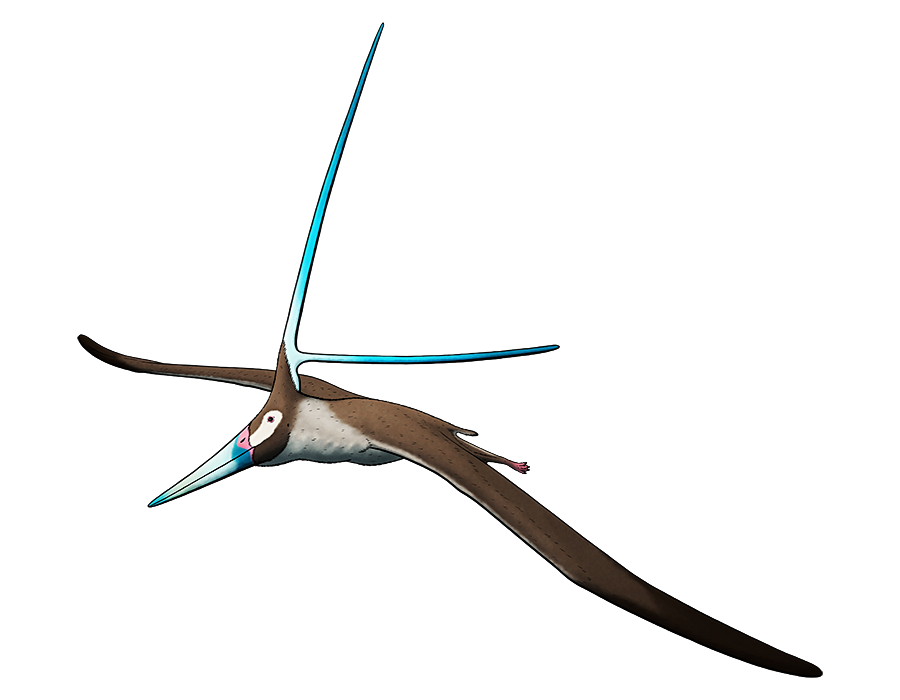It’s been a whole four years since Weird Backs Month, so we’re long overdue for a companion series:
Weird Heads Month!
Ever since heads first evolved as a defined body part, over 500 million years ago, evolution has been experimenting with them. There are many modern examples of animals that have modified parts of their heads and faces in a variety of strange-looking ways – elephants, deer, narwhals, hornbills, sawfish, bats, stalk-eyed flies, hammerheads, barreleyes, and star-nosed moles, to name only a few – and species in the fossil record were just as diverse and weird.
So let’s start off with…
Weird Heads Month #01: Wacky Flying Headgear
One of the most immediately recognizable examples of extinct animals with strange head structures are the pterosaurs, almost always depicted in pop culture with a large Pteranodon-like head crest.
But that wasn’t anywhere near as weird as pterosaur crests got.
Nyctosaurus gracilis here had an absolutely ridiculous elaborate crest, sporting an enormous antler-like structure on the back of its skull that grew to lengths longer than its own body.
Living around the Western Interior Seaway of the Midwestern United States during the Late Cretaceous, around 85 million years ago, it was a fairly small pterosaur standing about 40cm tall without the crest (1’4″) and with a 2m wingspan (6’6″). Its wings were long and narrow, and had completely lost the three small clawed fingers seen on other pterosaurs, suggesting it may have been less capable of moving around on the ground. It’s thought to have been a specialized soaring flier that spent most of its life on the wing at sea, much like a modern albatross.
Made up of two long thin spars arising from a common base, Nyctosaurus‘ crest has sometimes been reconstructed with a large sail-like membrane of skin – but since there’s no evidence at all of soft-tissue attachment on the bones, this seems unlikely. Juveniles were crestless, with only fully mature adults developing their spectacular headgear, so it was probably some sort of display structure.
It’s also not clear whether there was any sexual dimorphism in Nyctosaurus, since well-preserved skulls with intact crests are incredibly rare. But as with most other crested pterosaurs it’s likely that all mature individuals had crests, just with a difference in size and shape between sexes.


